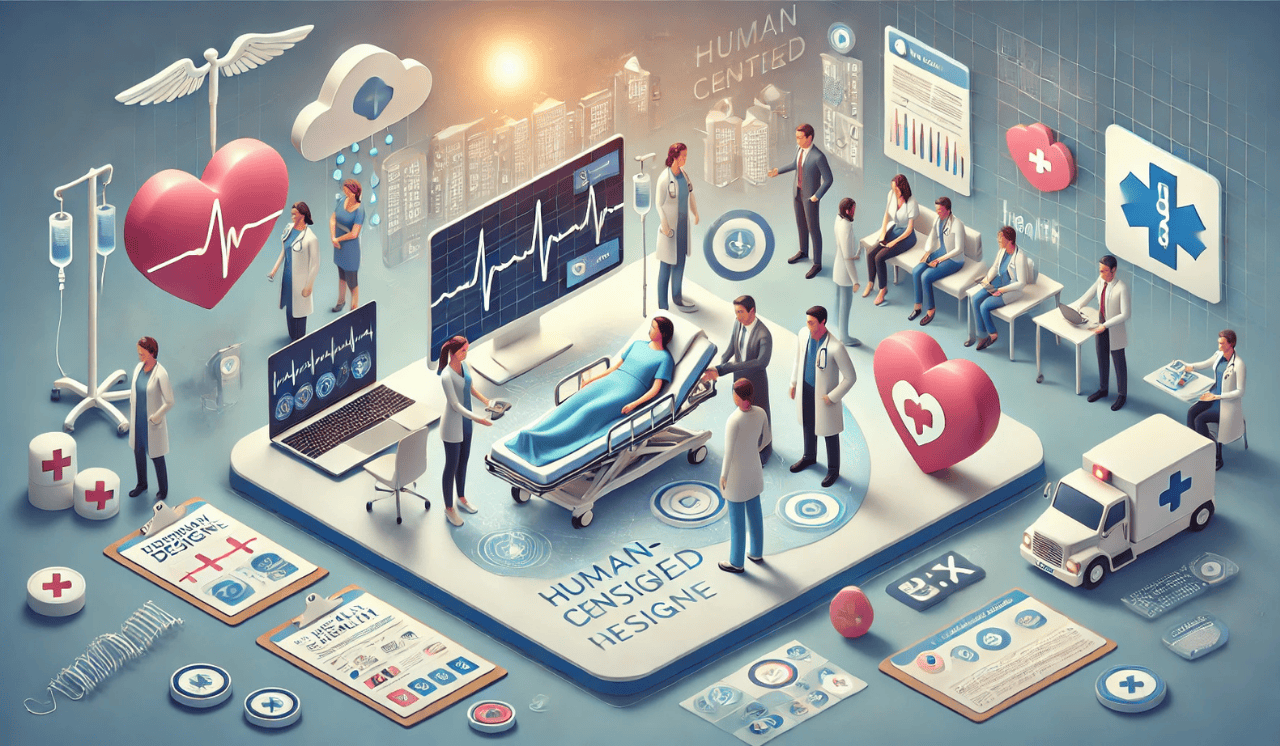
Although seriously annoying, bad usability design almost never is fatal. Except when it comes to the medical solutions industry, where lack of good usability can cause serious injuries or even death.
In the past, radiation machines have killed patients because of complex and misleading operator consoles, patients have been administered the wrong medicine because of misleading default values, poor readability, inadequate feedback about errors, etc. Building solutions for health professionals means that patients’ lives are at stake and requires a foolproof approach.
By applying a well-documented human centered design processes to uncover all unknowns, you eliminate not only the risk of developing the wrong solution, but you’ll end up with medical solutions that your users will be able to use without any doubt or error, and as a happy consequence save peoples’ lives.
Reducing human error as the greatest risk factor
Human error and the lack of usability of the tools that the user has at hand exceed risks arising from device failures (heat, electricity, hardware problems) in both frequency and consequence. Often these mistakes happen unintentionally because the interface was not clear, and the user presses the wrong button, or is not able to respond in time.
Other mistakes happen because the user did not receive enough training and is basically unqualified to operate the device or solution at hand. A number of errors is also due to the ergonomic features and the environment in which the device is being used. For instance, aloud and crowded ER is not the same context of use as that of a planned doctor’s consultation. These elements all need to be taken into account to avoid physical injury or even damage to the (usually very expensive) medical equipment or environment.
How to solve this: human centered design process to the rescue!
Applying a human centered design process is a great way to understand the problems to be solved and explore possible solutions. It’s a step-by-step process that ensures that you solve the right problem AND that you solve it the right way.
What are the steps of the HCD process?
- Empathize
Understand the user and their context: the people interacting with or operating the solution or device (nurses, doctors, radiologists, technicians, …). Detect the risks it might have on the safety of the patients that undergo treatment. You might resort to observations of medical personnel but also patients to understand their wants, needs, worries, attitudes towards certain treatment. - Conduct usability testing of an existing solution to understand what is working - and more importantly what is NOT working and might put serious risks on the patients’ lives.
- Define
Analyze, specify, develop and evaluate the usability of the healthcare solution. Document all the risks that surfaced during the empathize phase and describe them in so-called hazardous use scenarios. Combine all your research and observe where your user’s problems exist. - Ideate
Generate a range of crazy and creative ideas, select the best ideas to solve the discovered problems and identified hazardous situations. - Prototype
Build a prototype to support the solutions that you’ve come up with. Put extra focus on patient safety by making use of labels, pictograms, stickers (for medical devices), instructions of use, etc. - Test
In a later stage, when your design is almost finalized, start performing summative tests to gather the numbers that support the usability goals and measures of safety. Adapt your solution to what you’ve uncovered during the feedback phase and further document your learnings and newly found hazardous situations that need to be validated during the next rounds of testing.
- Implement
- Put the vision into effect.
-
Depending on the timeframe of your project you can of course resort to different techniques for each step. If you are improving an existing solution, you might focus on different goals as compared to inventing a solution from scratch.
The human centered design process is an iterative approach where documentation of every step in the design process is of uttermost importance. In the end, the goal is to create certainty and prove to the respective regulatory agencies (e.g., EMA, FDA,..) that the process was able to minimize hazardous situations and risks to save patients’ lives.







